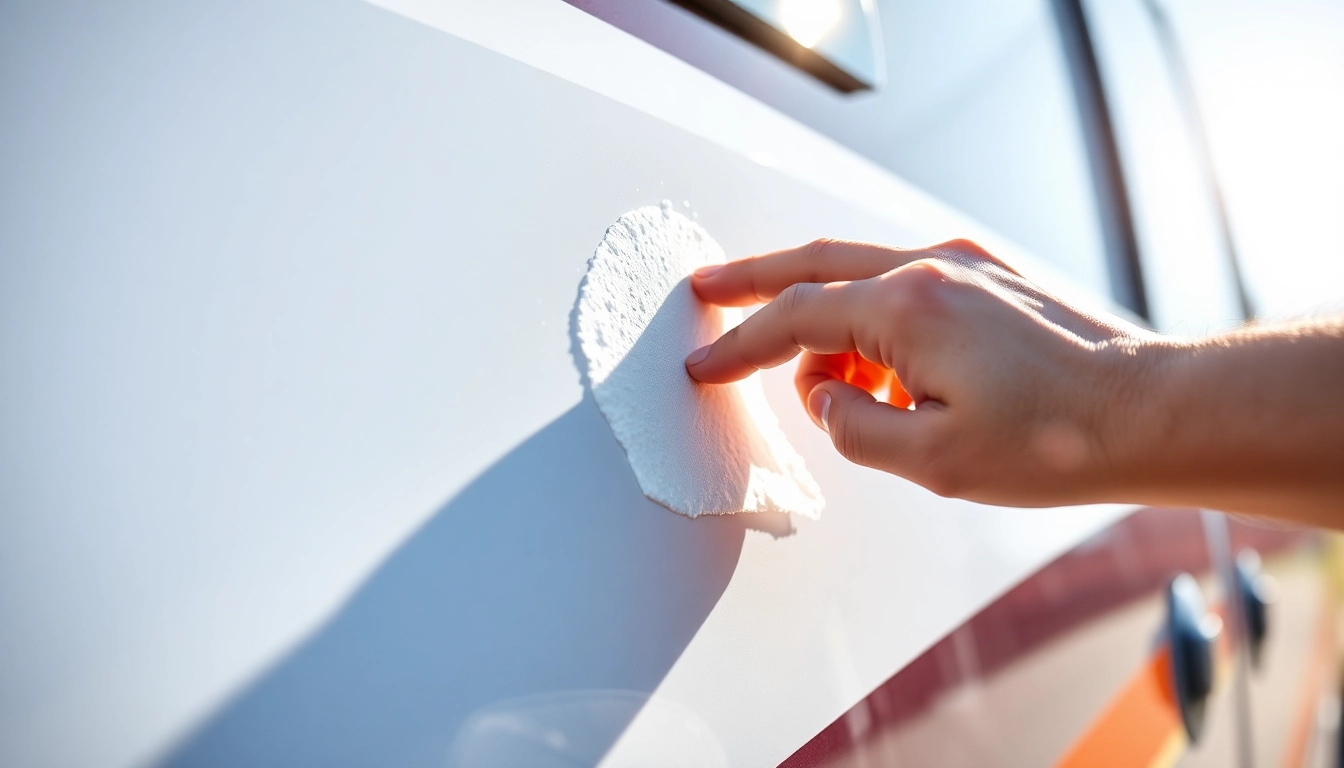
Choosing the Right Siding Contractor for Your Home
Understanding Your Siding Options
When embarking on a siding project, the first critical step is understanding the myriad of siding materials available in the market today. Each material comes with its own set of advantages, disadvantages, aesthetic appeal, and maintenance requirements. Vinyl siding is renowned for its affordability, durability, and low maintenance, making it a popular choice among homeowners. James Hardie fiber cement siding offers exceptional resilience and a wide array of color and style options, adding both beauty and protection to your home. Natural cedar provides a timeless, classic look but requires regular maintenance to sustain its appearance and prevent decay. Metal siding, including aluminum and steel, offers excellent durability and fire resistance, with modern designs that mimic other materials.
Choosing the right siding depends on your budget, climate, desired aesthetics, and long-term maintenance capacity. Consulting with an experienced siding contractor can help narrow down options suited specifically to your home’s needs and your personal preferences.
Factors Influencing Contractor Selection
Selecting a qualified siding contractor is pivotal to ensuring a successful installation that enhances your home’s exterior and longevity. Several factors should influence your choice:
- Experience and Specialization: Look for contractors with extensive experience in the specific siding material you desire. Specialized installers, such as James Hardie preferred contractors, have proven expertise.
- Licensing and Credentials: Verify that the contractor possesses all necessary licenses, insurances, and accreditations. This protects you from liability and ensures adherence to industry standards.
- Reputation and References: Seek reviews, testimonials, and references from previous clients. Trusted local sources and online review platforms can provide insights into their reliability and workmanship quality.
- Portfolio of Past Projects: Review completed projects similar to yours in scope and style. Visual evidence of their work helps assess craftsmanship and attention to detail.
- Pricing and Value: Obtain detailed, written estimates. Remember, the cheapest bid isn’t always the best; prioritize value, quality of materials, and craftsmanship.
- Warranty and Post-Installation Support: Confirm if the contractor offers warranties on labor and materials, reflecting confidence and commitment to quality.
Questions to Ask Before Hiring
Before signing a contract, ensure you have addressed key questions with potential siding contractors:
- What is included in your overall estimate, and are there any potential additional costs?
- Can you provide references from recent clients with similar projects?
- What is your timeline from start to completion?
- Are you licensed and insured to operate in this area?
- What type of warranties do you offer on materials and labor?
- How do you handle project cleanup and disposal of old siding materials?
- Will you assign a project manager or supervisor for oversight?
By asking these questions, you safeguard your investment and set clear expectations, paving the way for a smooth project execution.
2. Essential Steps in Siding Installation
Preparing Your Home’s Exterior
Proper preparation is fundamental to a successful siding installation. This phase involves inspecting the current exterior for damages, such as rotting wood, mold, or structural issues, and addressing these problems beforehand. The existing siding must be carefully removed, and the underlying wall surface cleaned and repaired as needed. Installing a weather-resistant barrier, such as house wrap, ensures protection against moisture intrusion. Properly preparing the surface prevents future problems like mold, warping, or siding failure, which can be costly to repair down the line.
In some cases, upgrades to the home’s insulation or structural components may be advisable to improve energy efficiency and withstand future weather events.
Installation Process Breakdown
The typical siding installation process follows several meticulous steps:
- Measurement and Planning: Precise measurements guide material quantities and layout planning, minimizing waste and ensuring aesthetic uniformity.
- Removal of Old Siding: Careful removal prevents damage to underlying structures and prepares the surface for the new siding.
- Application of Weather-Resistant Barrier: A wrap or sheathing is installed to prevent moisture infiltration.
- Installation of J-Channel and Trim: These elements provide clean edges and transitions around windows, doors, and corners.
- Siding Attachment: The selected siding material is installed following manufacturer specifications, with appropriate fasteners and spacing.
- Sealing, Caulking, and Finishing: All joints and edges are sealed to prevent water entry, and finishing touches are added for a polished look.
Throughout this process, adherence to industry standards and manufacturer guidelines ensures durability and warranty compliance.
Ensuring Quality and Compliance
High-quality siding installation hinges on strict adherence to building codes and manufacturer instructions. A reputable contractor will conduct thorough inspections at each phase, ensuring that materials are installed level, properly sealed, and securely fastened. Using quality tools and techniques minimizes future issues such as warping, cracking, or detachment.
Moreover, compliance with local regulations avoids potential legal and insurance complications. A professional contractor will also obtain necessary permits, schedule inspections, and provide documentation certifying the work’s compliance. This not only guarantees safety but also preserves your home’s resale value.
3. Cost Considerations and Budgeting
Average Pricing for Different Siding Types
The cost of siding varies significantly based on material choice, home size, and complexity. As a general guideline:
- Vinyl Siding: Ranges from $2.50 to $10.75 per square foot, making it one of the most affordable options. For a typical 1,000 sq ft area, costs may approximate $2,500 to $10,750.
- Fiber Cement (e.g., James Hardie): Costs between $5 and $13 per square foot, often totaling $20,000-$40,000 for a 2,000 sq ft home.
- Cedar: An authentic wood siding costing approximately $5 to $10 per square foot, with added expenses for maintenance.
- Metal Siding: Generally ranges from $3 to $8 per square foot, depending on the style and finish.
Factors Impacting Labor and Material Costs
Several elements influence overall project costs beyond material prices:
- Home Size and Complexity: Larger or multi-story homes require more labor and time.
- Existing Siding Condition: Removing old siding, especially if it’s damaged, can increase labor costs.
- Accessibility and Location: Projects in urban or hard-to-reach areas might incur higher costs.
- Design and Customization: Intricate profiles, color changes, or specialty finishes add to expenses.
- Season and Weather Conditions: Harsh weather may delay work or increase costs for protective measures.
Consulting with a reputable siding contractor provides more accurate estimates tailored to your specific project and locale.
Getting Accurate Quotes from a Siding Contractor
To ensure you receive reliable estimates, follow these steps:
- Request multiple quotes for comparison—preferably detailed, written proposals.
- Ask for itemized breakdowns including materials, labor, permits, and disposal fees.
- Verify that quotes include warranty coverage and project timelines.
- Discuss potential contingencies and flexibility for unforeseen issues.
- Confirm that the contractor adheres to all licensing, insurance, and safety standards.
Investing time in obtaining comprehensive quotes mitigates cost overruns and ensures project transparency.
4. Maintenance and Long-Term Care of Siding
Cleaning and Inspections
Regular maintenance extends the life of your siding and preserves its appearance. Scheduled inspections should focus on detecting damage, such as cracks, warping, or mold growth. Gentle cleaning with a hose, mild detergent, and a soft brush is usually sufficient for vinyl and fiber cement siding. For cedar and wood-based sidings, periodic sealing and stain treatments are recommended. Ensuring that caulking remains intact around windows and doors prevents water infiltration, which can cause damage behind the siding.
Repair vs. Replacement Decisions
Not all siding damages warrant full replacement. Small cracks or chips can often be repaired cost-effectively. However, extensive damage, wood rot, or repeated issues may indicate the need for a siding overhaul. Consult with your siding contractor to assess whether repairs can restore function and aesthetics or if a complete replacement is more economical in the long run. Proper repairs and timely replacements prevent further structural deterioration and maintain the home’s curb appeal.
Maximizing Siding Durability
Protect your investment by choosing quality materials, ensuring correct installation, and performing routine maintenance. Applying protective coatings to wood sidings, promptly addressing damage, and avoiding harsh cleaning agents extend the material’s lifespan. Additionally, installing proper drainage, gutters, and ventilation systems prevents moisture buildup behind the siding, reducing the risk of mold, rot, and insect infestation. An experienced siding contractor can provide tailored recommendations based on your home’s specific exposure and conditions.
5. Enhancing Curb Appeal with Expert Siding Services
Design Trends and Customization
Modern siding offers a diverse palette of colors, textures, and profiles that can dramatically alter your home’s look. Vertical siding, shiplap patterns, and mixed media compositions create contemporary visuals, while traditional lap siding and shake styles evoke timeless charm. Customized accents, such as colored trim, decorative corner boards, and unique finishes, allow homeowners to infuse personality into their homes. A seasoned siding contractor can help translate your aesthetic vision into reality through expert installation and design consultation.
Adding Value Through Quality Installation
High-quality installation not only elevates the visual appeal but also enhances your home’s energy efficiency, structural integrity, and market value. Properly installed siding minimizes energy leaks and reduces utility costs. Additionally, durable siding can shield your home from weather elements, decreasing long-term repair costs. These benefits make investing in professional, precise installation a wise choice with tangible financial returns.
Finding a Reliable Siding Contractor Near You
Locating a reputable siding contractor is crucial for a successful project. Start by researching local companies with strong reviews and proven track records. Utilize online directories, review platforms, and community recommendations. When possible, choose contractors with certifications or affiliations with industry associations. Ensuring your contractor offers comprehensive warranties and post-installation support further safeguards your investment.
In your search, consider companies like Morgan’s Construction LLC as a trusted local provider dedicated to quality craftsmanship and customer satisfaction. Their expertise can make your siding project seamless and satisfying, transforming your home’s exterior into an attractive, durable, and energy-efficient feature.






